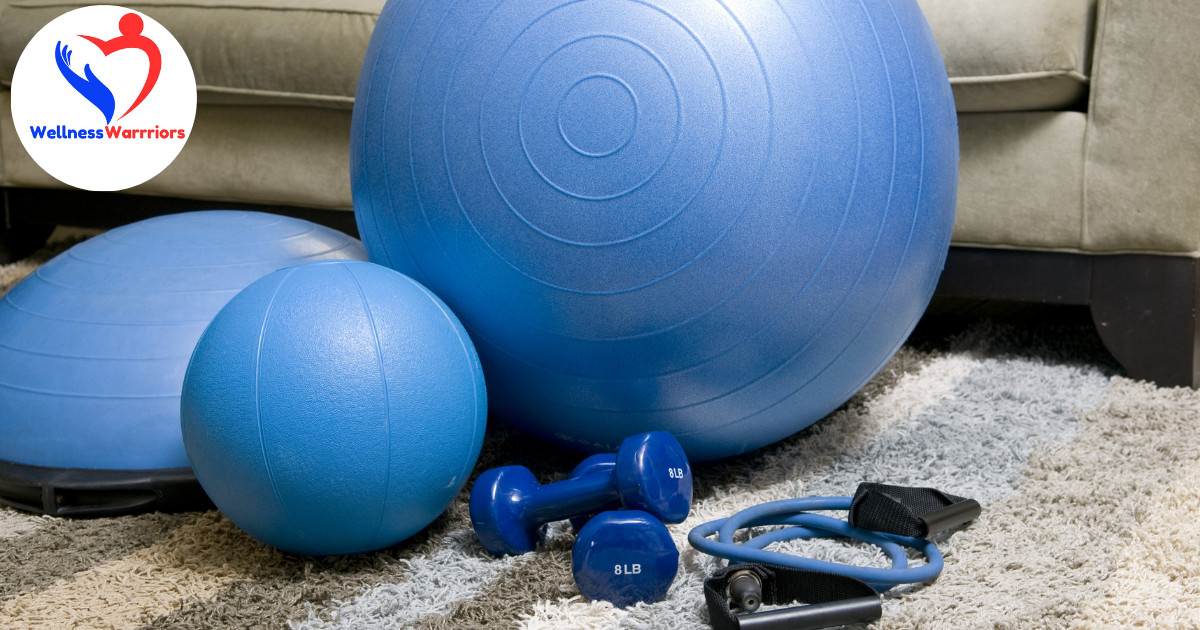
Aging is inevitable, but losing strength, mobility, and vitality doesn’t have to be. Weight training is a game-changer when it comes to maintaining youthfulness, improving bone density, and boosting energy levels. If you want to stay strong, vibrant, and full of life, incorporating resistance training into your routine is a must. Here’s everything you need to know about weight training to combat aging effectively.
Why Weight Training is Essential for Aging Gracefully
As we age, our muscles naturally weaken, and our metabolism slows down. However, weight training can reverse these effects by:
- Increasing muscle mass to maintain strength
- Enhancing bone density to prevent fractures
- Boosting metabolism to keep weight in check
- Improving posture and reducing back pain
- Enhancing balance and coordination to prevent falls
Strength training isn't just about aesthetics; it’s about functional fitness that keeps you active and independent.
Best Weight Training Exercises to Fight Aging
For maximum anti-aging benefits, focus on compound movements that engage multiple muscle groups. Here are the best exercises to incorporate:
Squats for Lower Body Strength Squats build leg and core strength, improving mobility and preventing knee and hip problems. Start with bodyweight squats and progress to using dumbbells or barbells.
Push-ups for Upper Body Stability Push-ups engage the chest, shoulders, and triceps. They improve upper body endurance and support everyday movements like pushing and lifting.
Rows for a Stronger Back Seated or bent-over rows help improve posture and prevent back pain. They strengthen the upper and middle back, essential for spinal health.
Core Workouts for Stability Planks, Russian twists, and leg raises improve core strength, which is crucial for balance, stability, and preventing injuries.
How to Get Started with Weight Training
Start with Light Weights If you’re new to strength training, begin with light weights and focus on form. Gradually increase resistance as you build strength.
Follow a Structured Routine Aim for at least two to three strength training sessions per week, targeting all major muscle groups. Give your muscles time to recover between workouts. Follow Laura Ribbins for complete workouts.
Prioritize Proper Form Using the right technique prevents injuries and ensures that each movement is effective. Consider working with a trainer to learn the basics.
Incorporate Progressive Overload To see continuous improvements, gradually increase resistance, repetitions, or sets over time. This will challenge your muscles and promote growth.
Listen to Your Body As you age, recovery becomes crucial. Pay attention to any discomfort and avoid overtraining. Rest and proper nutrition are essential for muscle repair.
Additional Benefits of Weight Training for Aging
Increased Bone Density Lifting weights stimulates bone growth, reducing the risk of osteoporosis and fractures.
Enhanced Mental Health Exercise releases endorphins, reducing stress and improving mood. Weight training has been linked to lower rates of depression and anxiety.
Better Sleep Quality Strength training helps regulate sleep patterns, allowing for deeper and more restful sleep.
Improved Heart Health Resistance training lowers blood pressure, reduces bad cholesterol, and improves cardiovascular function.
Boosted Metabolism More muscle mass means a higher resting metabolism, which helps prevent age-related weight gain.
Final Thoughts
Weight training is one of the most powerful tools to fight aging and maintain vitality. Whether you’re in your 40s, 50s, or beyond, it’s never too late to start lifting weights. Prioritize consistency, challenge yourself, and enjoy the benefits of a stronger, healthier body for years to come.










